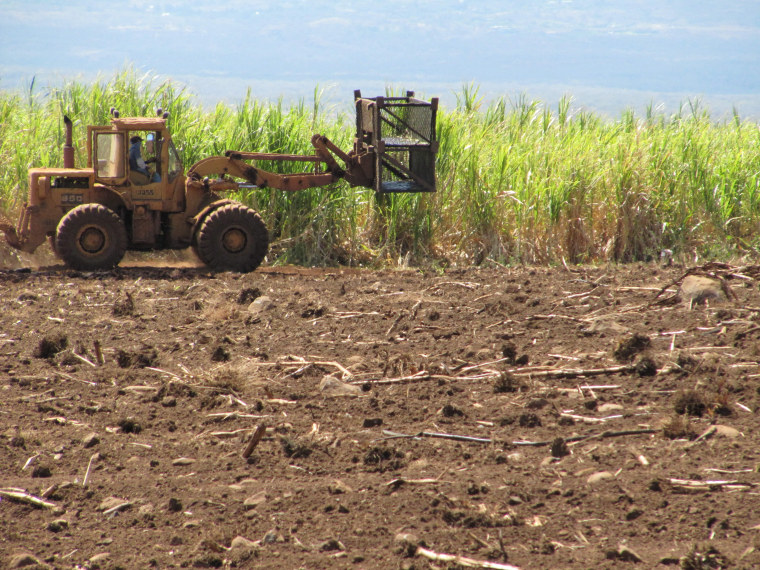After Alexander & Baldwin, Inc. announced that it would shut down the last sugar plantation in Hawaii at the end of 2016 due to operating losses, Asian-American and Native-Hawaiian scholars sat down with NBC News to reflect upon the significance of what some are calling the end of sugar, in both personal and academic terms.
“The legacy of the sugar plantations is, no pun intended, a bittersweet one,” Scott Kurashige, University of Washington Bothell history professor, told NBC News. “Unquestionably, the rise of the industry was tied to the dispossession of Native Hawaiian land and sovereignty. For the workers, discipline was harsh and labor exploitation was severe. At the same time, the recruitment of these workers sparked mass migration from Asia and in many ways provided a foundation for the overall formation of Asian-American community.”

Sugar was once the dominant industry in Hawaii. White plantation owners played a large part in the 1893 U.S.-backed illegal overthrow of the Hawaiian monarchy and the subsequent 1898 annexation of Hawaii. In 1993, President Bill Clinton acknowledged and apologized for the U.S. role in the illegal overthrow of the Hawaiian monarchy. The sugar plantations also brought large numbers of workers to Hawaii from China, Japan, Korea, Philippines, and Portugal, shaping the diverse ethnic makeup of the islands.
“Personally,” Kurashige said. “My great-grandfather (and my first ancestor to migrate from Japan) went to Hawaii in 1889 to work as a contract laborer on a sugar plantation.”
RELATED: Hawaii's Last Sugar Plantation to Close
The sugar industry began to decline after the islands became a U.S. territory and subject to U.S. labor laws, lead to the displacement of workers and an unstable economy.
“King Sugar ended for me in the late 50s when my local plantation and mill started shutting down on the island of Oahu,” Garrett Hongo, poet and University of Oregon creative writing professor, told NBC News. “It meant that our little village of people would have to disperse and we did — my family moved to Los Angeles — and I lost an ongoing connection to a culture, a landscape, and the people of Hawaii that was never replaced, though my own love for all of these never died. I believe it shall be the same for these workers and their children on Maui.”
RELATED: Native Hawaiians to Federal Government: Give Us Back Our Kingdom
Nevertheless, the legacy of the sugar plantations will remain a lasting part of American scholarship.
“Sugar plantations were sites that brought multiple Asian groups together in Hawaii, and as such gave rise to the foundation for distinct multicultural and multiracial social formations decades before such processes started emerging in the continental U.S.,” Amy K. Stillman, University of Michigan professor of American culture and musicology and director of Asian/Pacific Islander American Studies, told NBC News.
“For this reason Hawaii will always be a significant part of Asian American history,” Stillman said.